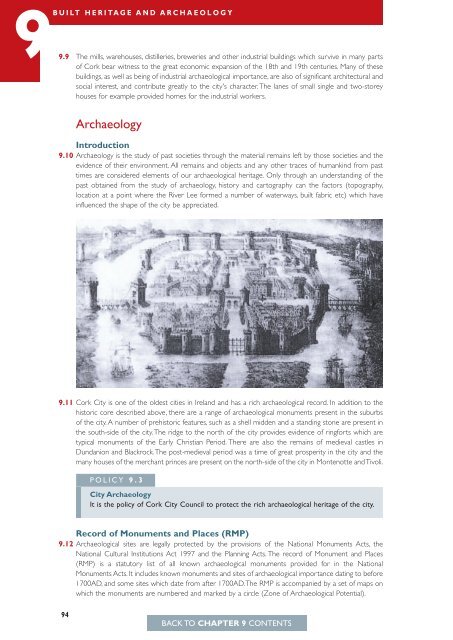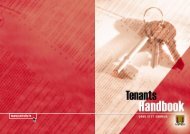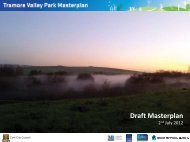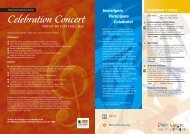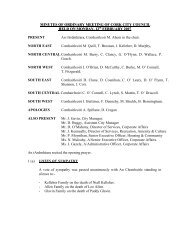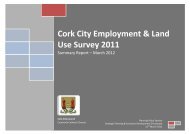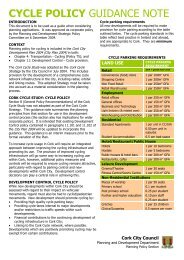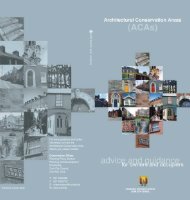Development Plan Chapter 9 Built Heritage - Cork City Council
Development Plan Chapter 9 Built Heritage - Cork City Council
Development Plan Chapter 9 Built Heritage - Cork City Council
Create successful ePaper yourself
Turn your PDF publications into a flip-book with our unique Google optimized e-Paper software.
9BUILT HERITAGE AND ARCHAEOLOGY<br />
9.9 The mills, warehouses, distilleries, breweries and other industrial buildings which survive in many parts<br />
of <strong>Cork</strong> bear witness to the great economic expansion of the 18th and 19th centuries. Many of these<br />
buildings, as well as being of industrial archaeological importance, are also of significant architectural and<br />
social interest, and contribute greatly to the city's character. The lanes of small single and two-storey<br />
houses for example provided homes for the industrial workers.<br />
Archaeology<br />
Introduction<br />
9.10 Archaeology is the study of past societies through the material remains left by those societies and the<br />
evidence of their environment. All remains and objects and any other traces of humankind from past<br />
times are considered elements of our archaeological heritage. Only through an understanding of the<br />
past obtained from the study of archaeology, history and cartography can the factors (topography,<br />
location at a point where the River Lee formed a number of waterways, built fabric etc) which have<br />
influenced the shape of the city be appreciated.<br />
9.11 <strong>Cork</strong> <strong>City</strong> is one of the oldest cities in Ireland and has a rich archaeological record. In addition to the<br />
historic core described above, there are a range of archaeological monuments present in the suburbs<br />
of the city. A number of prehistoric features, such as a shell midden and a standing stone are present in<br />
the south-side of the city.The ridge to the north of the city provides evidence of ringforts which are<br />
typical monuments of the Early Christian Period. There are also the remains of medieval castles in<br />
Dundanion and Blackrock.The post-medieval period was a time of great prosperity in the city and the<br />
many houses of the merchant princes are present on the north-side of the city in Montenotte and Tivoli.<br />
POLICY 9.3<br />
<strong>City</strong> Archaeology<br />
It is the policy of <strong>Cork</strong> <strong>City</strong> <strong>Council</strong> to protect the rich archaeological heritage of the city.<br />
Record of Monuments and Places (RMP)<br />
9.12 Archaeological sites are legally protected by the provisions of the National Monuments Acts, the<br />
National Cultural Institutions Act 1997 and the <strong>Plan</strong>ning Acts. The record of Monument and Places<br />
(RMP) is a statutory list of all known archaeological monuments provided for in the National<br />
Monuments Acts. It includes known monuments and sites of archaeological importance dating to before<br />
1700AD, and some sites which date from after 1700AD.The RMP is accompanied by a set of maps on<br />
which the monuments are numbered and marked by a circle (Zone of Archaeological Potential).<br />
94


